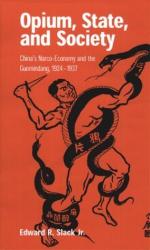|
This section contains 1,308 words (approx. 5 pages at 300 words per page) |

|
The Kuomintang's Failure to Improve Lives of Chinese Peasants
Summary: Presents that the failure of the Kuomintang to fulfill its promise of improving the lives of Chinese peasants can be seen as a reason for the success of the Chinese Communist Party.
The failure of the Kuomintang to fulfill its promise of improving the lives of Chinese peasants can be seen as a reason for the success of the Chinese Communist Party. Generally speaking, Jiang Kaishek's Kuomintang (or, GMD) appealed primarily to the Shenshi, comprising mostly of wealthy merchants. On the other hand, Mao Zedong's Chinese Communist Party (or, CCP) reached out to the peasants of China, who comprised approximately 90% of the nation's populace. Each party tried their utmost to abolish the other and rule supremely. Jiang Kaishek launched the Northern Expedition in 1926, and many years later in 1934, Mao led almost half a million soldiers on the Long March. During the Japanese invasion of 1937, The CCP and GMD were forced to temporarily band together. It is important to realize that Mao succeeded mainly because he reached the hearts of the Chinese people, whereas Jiang Kaishek was seen by many as...
|
This section contains 1,308 words (approx. 5 pages at 300 words per page) |

|


